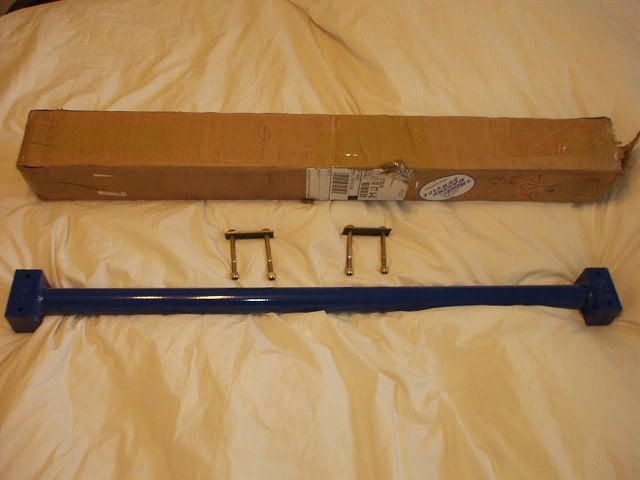Yes, in a straight shot from the center of the stub axle to the center of the bar, not following the curvature of the trailing arm.[/b]
Well, not exactly.
The problem with the rear suspension design of the V-dubs is that it *is* a rear swaybar all by itself. Adding Shine's bar to that design creates two "problems":
One, the change in torsion rate is not nearly as large as one might think. The "real" change in torsion is not a function of lever arm vs. torsion rate, as it is for most cars, it's a function of percentage change in torsion of the whole system, which is a lot less than one might imagine.
Two, that supplemental bar does not act on the same axis as the main beam (no co-axial). Therefore, the force is a function of the lateral relative deviation of the stubby "legs" it's mounted on, rather than in torsion. That bar is not being torqued about its axis, it's acting in tension, resisting the arms moving via stretching.
It's more of a complex function than you might think, but to break it down into its simplest form, you *might* be able to calculate the tension value of the torsion bar itself over a lever arm of the linear distance from the bar's axis to the beam's pivot axis (short). But it would only be an approximation.
Bottom line, it's not really doin' much at all, except maybe stiffening up the main beam a bit, and it's possible that it may very well be creating some minimal toe changes as the front of those "stubbies" are pulled closer together during deviation. You'd get about the same action as welding in a piece of tubing to those triangular stiffening tabs. To increase torsion you're better off "boxing" in the beam itself like we used to do on the old Rabbits...






